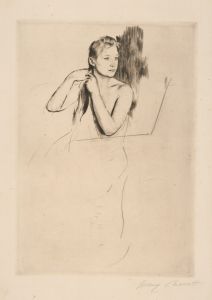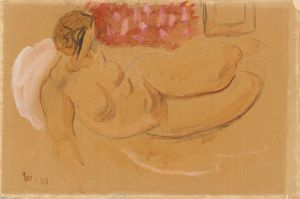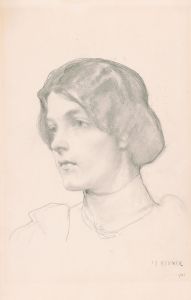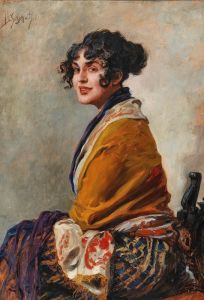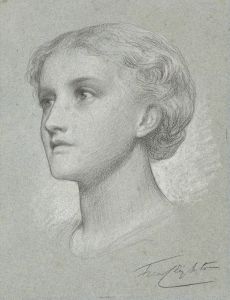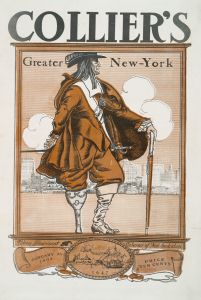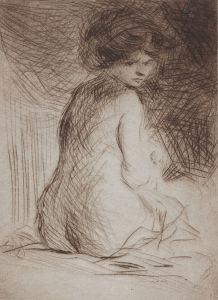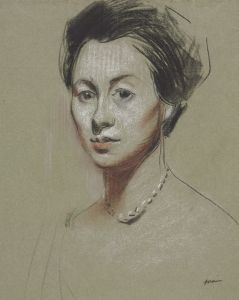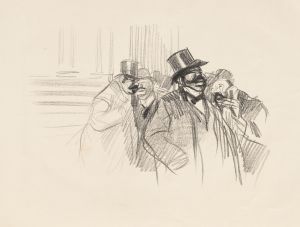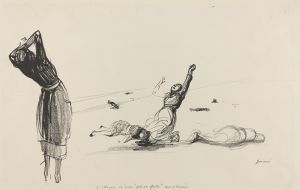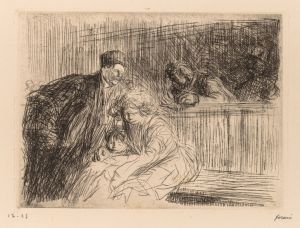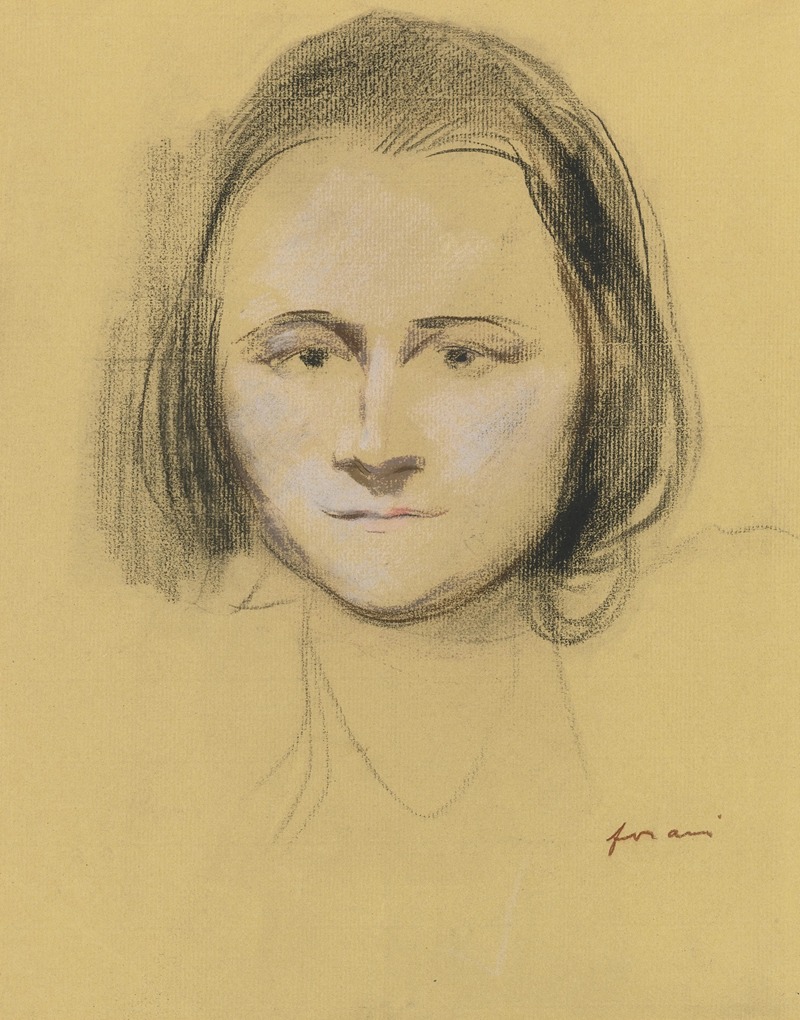
Head of a Woman
A hand-painted replica of Jean-Louis Forain’s masterpiece Head of a Woman, meticulously crafted by professional artists to capture the true essence of the original. Each piece is created with museum-quality canvas and rare mineral pigments, carefully painted by experienced artists with delicate brushstrokes and rich, layered colors to perfectly recreate the texture of the original artwork. Unlike machine-printed reproductions, this hand-painted version brings the painting to life, infused with the artist’s emotions and skill in every stroke. Whether for personal collection or home decoration, it instantly elevates the artistic atmosphere of any space.
Jean-Louis Forain was a prominent French Impressionist painter and printmaker, known for his insightful depictions of Parisian life in the late 19th and early 20th centuries. Born on October 23, 1852, in Reims, France, Forain moved to Paris at a young age, where he became deeply involved in the vibrant art scene. He was a contemporary and friend of notable artists such as Edgar Degas and Édouard Manet, and his work often reflected the influence of these associations.
"Head of a Woman" is one of Forain's works that exemplifies his skill in capturing the subtleties of human expression and character. Although specific details about this particular painting are scarce, it is consistent with Forain's broader body of work, which frequently focused on intimate and candid portrayals of individuals. His portraits often reveal a keen observation of the human condition, characterized by a loose, expressive style that conveys both immediacy and depth.
Forain's approach to portraiture was heavily influenced by his background in caricature and illustration. Before fully dedicating himself to painting, Forain worked as an illustrator for various Parisian journals, where he honed his ability to capture the essence of his subjects with minimal detail. This experience is evident in "Head of a Woman," where the brushwork is likely to be both economical and expressive, emphasizing the emotional presence of the subject rather than precise anatomical accuracy.
The Impressionist movement, with which Forain is often associated, was characterized by a focus on light, color, and everyday scenes. While Forain shared these interests, his work also frequently incorporated elements of social commentary, reflecting his interest in the dynamics of urban life. His portraits, including "Head of a Woman," often suggest narratives beyond the canvas, inviting viewers to consider the lives and stories of the individuals depicted.
Forain's participation in the Impressionist exhibitions, particularly the fourth Impressionist exhibition in 1879, helped to establish his reputation as a significant figure within the movement. His work was well-received for its unique blend of Impressionist techniques and incisive social observation. Throughout his career, Forain continued to explore themes of modernity, often focusing on the theater, the ballet, and the bustling streets of Paris.
In addition to his paintings, Forain was also a prolific printmaker, producing numerous etchings and lithographs that further demonstrated his interest in capturing the nuances of human interaction. His work in this medium often paralleled his painted portraits, offering a more intimate glimpse into the lives of his subjects.
Jean-Louis Forain passed away on July 11, 1931, in Paris, leaving behind a legacy of work that continues to be celebrated for its insight and artistry. While "Head of a Woman" may not be as widely recognized as some of his other pieces, it remains a testament to his ability to convey the complexity of human emotion through the medium of paint.





